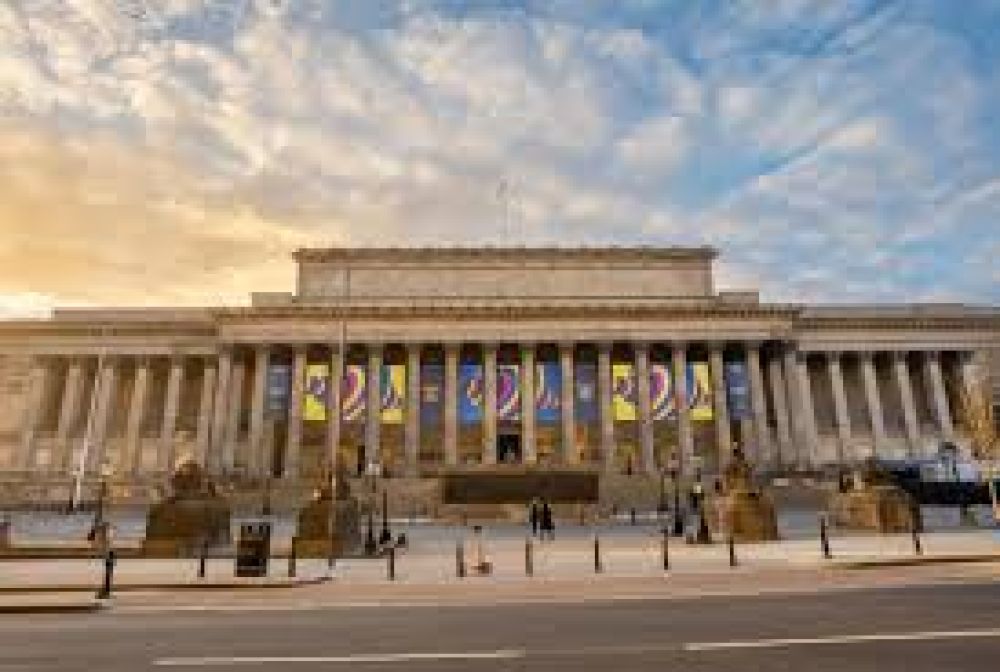

St George's Hall stands magnificently in the heart of Liverpool, a testament to the city's rich heritage and grandeur during the Victorian era. This iconic building is not only a masterpiece of neoclassical design but also an emblematic landmark that has been the focal point of Liverpool's social and civic events for over a century and a half.
The history of tourism in St George's Hall is intertwined with its inception in the mid-19th century. Opened in 1854, it was conceived primarily as a space to host music festivals and the city's civil and crown courts. Its architect, Harvey Lonsdale Elmes, was a mere 25 years old when he won the competition to design the hall, which he intended to be a gathering place for the people of Liverpool.
Since its opening, the hall has played host to countless high-profile events – from Charles Dickens's readings to grand balls, concerts, and exhibitions. Its immaculate acoustics and impressive interiors have long been attracting tourists from all corners of the globe. The Hall’s stunning Great Hall, adorned with its opulent chandeliers and a majestic organ, is one of the largest of its kind in the world and has left visitors in awe since its inauguration.
The latter part of the 20th century saw St George's Hall threatened by negligence, with visitors declining and the building falling into disrepair. However, a substantial restoration project initiated in the late 1990s brought new life to this historical treasure. Reopened in 2007, it once again became a beacon of culture, art, and history – reinvigorating tourism and reaffirming its status as a must-see destination for visitors to the city of Liverpool.
In recent years, tourism trends in Liverpool, and St George's Hall, in particular, have been towards experiential and immersive events. The attraction now hosts a wide range of activities including guided tours that offer insights into the history, heritage, and architecture of the hall, alongside art installations, theatre performances, and classical concerts.
Today, St George's Hall remains a beloved icon of Liverpool, representing the city's commitment to preserving its historical landmarks while adapting them to modern uses. Visitors can participate in a diverse range of events and utilize the space for both entertainment and education. The ongoing popularity of St George's Hall is a testament to its ability to evolve with the times while maintaining its historical grandeur and significance.